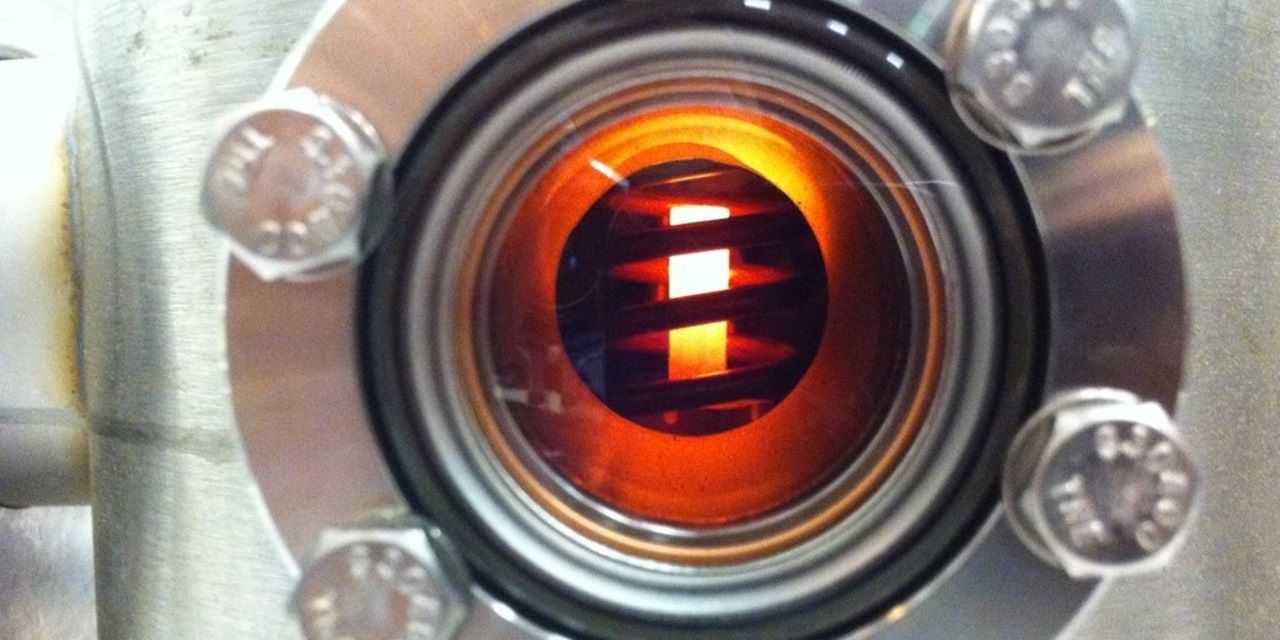Oct 10, 2017
What India’s hi-tech capital can learn from China
Posted by Derick Lee in categories: business, employment, robotics/AI
According to India’s Frontline magazine, anecdotal evidence from Chennai, Hyderabad, Bangalore, Pune and other cities suggests that a number of large IT service companies are shedding thousands of jobs as artificial intelligence, automation and deep learning technologies replace humans.
Bangalore’s outsourcing businesses may be on the wane, but cities like Hangzhou may indicate its best course for the future.
PUBLISHED : Tuesday, 10 October, 2017, 10:00am.
Continue reading “What India’s hi-tech capital can learn from China” »


















